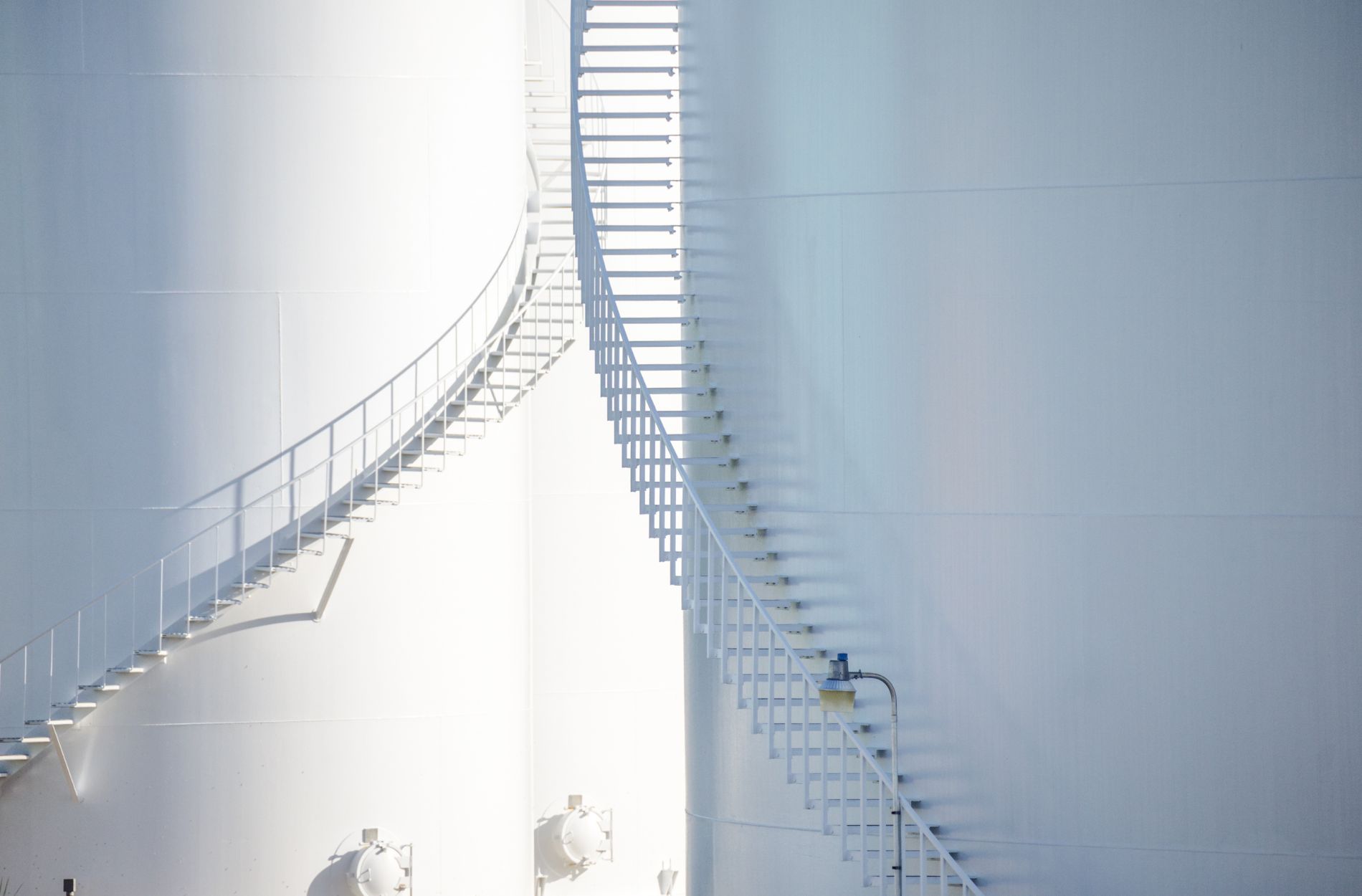
Ensuring one’s tank is properly cleaned is essential for both safety and longevity. It ensures that the tank stays in good shape and that no harm comes to the contents of the tank. That said, today, we’ll delve into the reasons regular tank cleaning is vital and cover what you need and what you can do to ensure effective tank cleaning.
Why Regular Tank Cleaning Is Important
Regular tank cleaning is crucial for several reasons. First, it prevents the build-up of harmful substances like bacteria, algae, and sediment. These contaminants can affect the quality of whatever is stored in the tank, whether it’s water, chemicals, or food products. If these substances are left unchecked, they can lead to severe health risks and contamination issues. Keeping your tanks clean ensures that the stored materials remain safe and uncontaminated.
Another important reason for regular cleaning is to maintain the structural integrity of the tank. Over time, deposits and residues can corrode the tank’s interior surfaces, leading to leaks and potential system failures. Regular cleaning helps to prevent these issues, extending the life of your tanks and reducing the need for costly repairs. Clean tanks also comply with safety inspections and standards, helping avoid legal issues and fines.
Tools and Materials Needed for Effective Tank Cleaning
To clean your tanks effectively, you need the right tools and materials. Start with a good tank cleaning brush, which helps remove hard-to-reach grime and residue. Long-handled brushes, particularly those with adjustable lengths, make it easier to scrub the sides and bottom of the tank. Additionally, using soft-bristled brushes ensures that the tank lining is not damaged during the cleaning process.
Cleaners and disinfectants are also essential. Always choose cleaning agents that are suitable for the material of your tank. For example, mild detergents are safe for plastic and steel tanks, while stronger chemical cleaners may be needed for tougher residues. Make sure to rinse the tank thoroughly after applying any cleaning agents to remove all traces of chemicals. Protective gear such as gloves, goggles, and masks should also be used to ensure safety during the cleaning process.
Automated cleaning systems can be beneficial for larger tanks. These systems use high-pressure water jets and rotary brushes to clean the tank walls efficiently, saving time and effort. Regular maintenance of these tools is also necessary to ensure they remain effective and safe to use.
Key Features That Enhance Durability
Building a tank that lasts requires incorporating key features that enhance its durability. We focus on using high-quality materials and advanced construction techniques to ensure your tank stands the test of time. One important feature is the use of reinforced tank liners. These liners act as a protective barrier, shielding the tank’s interior from corrosive substances and preventing leaks. Materials like polyethylene or thermoplastic vulcanizate are commonly used for their strength and flexibility.
Another crucial feature is corrosion-resistant coatings. Applying these coatings to the tank’s exterior and interior helps protect against rust and other forms of corrosion. Coatings like epoxy and polyurethane are effective choices, providing a durable layer that withstands harsh environmental conditions. Implementing proper sealing techniques for joints and seams ensures that water or other substances do not infiltrate the tank, further enhancing its longevity.
Maintenance Tips for Long-Lasting Tanks
Maintaining your tanks regularly is key to extending their lifespan. We recommend scheduling routine inspections to catch any issues early. During inspections, look for signs of wear and tear, such as cracks, rust, or leaks. Addressing these problems promptly can prevent them from escalating into more significant issues.
Cleaning your tanks regularly is another important maintenance step. Removing debris and sediment helps maintain the quality of the stored contents and prevents blockages and contamination. Using recommended cleaning agents and methods ensures that the tank surfaces are not damaged during the cleaning process. Also, consider performing ROV inspections, which allow for a detailed examination of the tank’s interior without the need for draining. This non-invasive method can identify hard-to-spot problems and keep the tank in prime condition.
Conclusion
All in all, cleaning your tanks is a vital step you must take, and the abovementioned tips are things you must keep in mind to ensure your tank stays in the best shape possible to ensure your goals are thoroughly met.
If you’re looking to get your tank cleaned properly, our team of experts is here to help. Contact ATM Tanks today to learn more about our comprehensive tank cleaning solutions and how we can help protect your valuable assets. Let us help you clean your tanks that will serve you reliably for years to come.
- Why Water Tank Cleaning Services Matter in Summer Heat - January 4, 2026
- Fixing Dirty Tanks Early in Summer Keeps Water Safe - January 4, 2026
- Industrial Tank Cleaning Done Right for Long Hot Months - January 4, 2026






